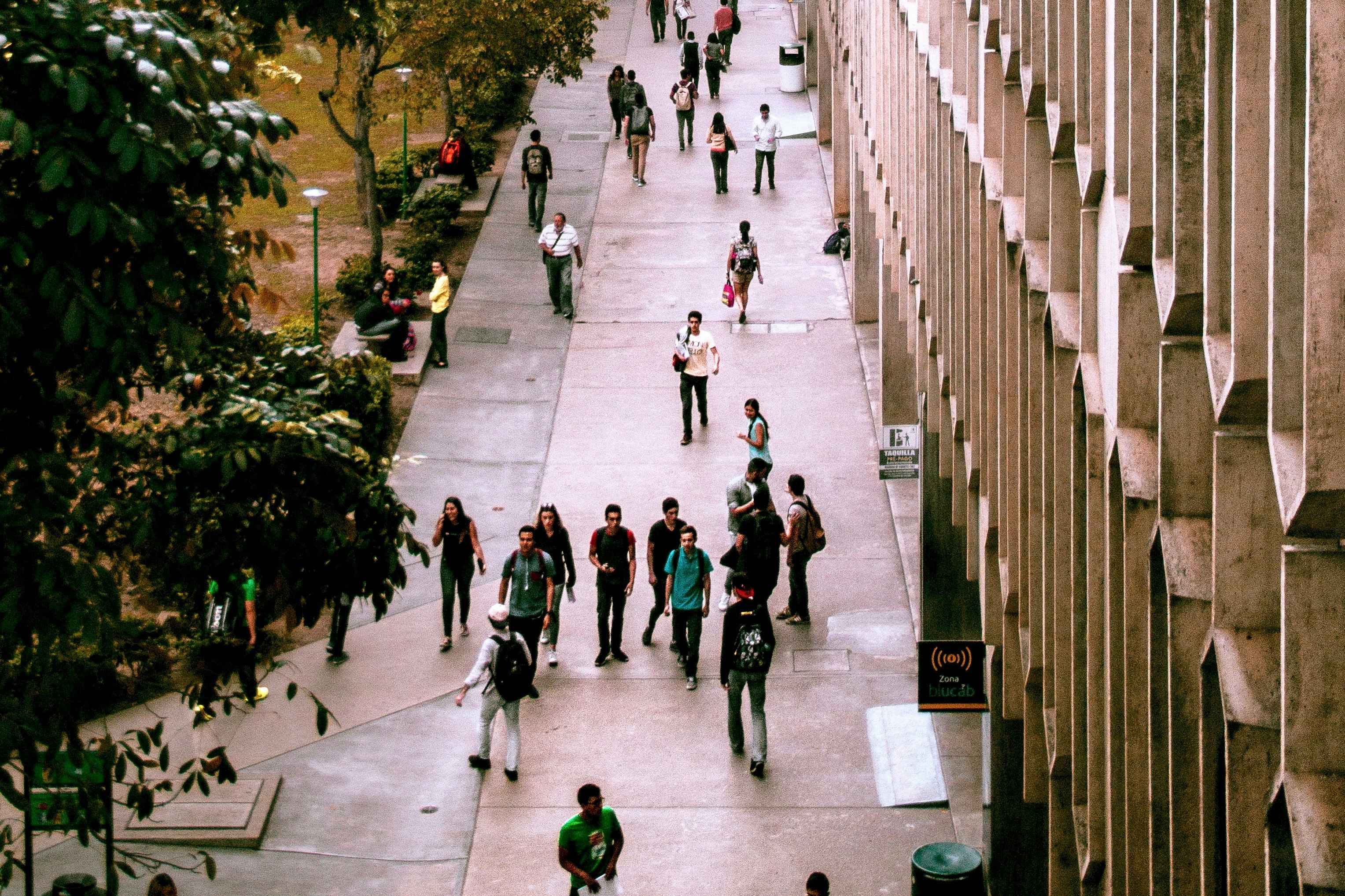
Mar 29, 2018
We look at some of the best high schools in America to see what it takes to set a world-class education apart from the rest, and how tutors can prepare their students for the rigorous admissions process to get in.
There’s any number of criteria to land a high school on a ranking of top schools nationwide: What advanced academics, like AP or other college-level prep coursework, does the school offer? How many students graduate, and how many go on to college?
These and many more questions help students and parents decide where to focus efforts and, when it comes to maximizing chances of getting in, what tutoring support the student needs in terms of subject-specific help or standardized test prep.
We’ve looked at a few of America’s leading high schools to highlight what sets them, and similar schools, apart from others, why those differences matter for students, and how to get in.
1. Stuyvesant High School – New York City, New York
As one of New York City’s leading public high schools, Stuyvesant High School boasts a nationwide and well-deserved recognition for its academics and extracurriculars, as well as its notable alumni, including Nobel laureates, famous thinkers, and celebrated artists (among others, jazz pianist Thelonious Monk).
Stuyvesant offers high schoolers a uniquely diverse, heavily STEM-focused learning environment, with an overall student population of 3,297 and 80% minority enrollment.
Like its counterpart specialized high schools in NYC’s five boroughs, student candidates have to sit the Specialized High School Admission Test, or SHSAT, which tests students’ knowledge and critical thinking on math and English Language Arts. SHSAT-specific and college test prep tutors are well-placed to help students prepare and ace the exam.
2. Northside College Preparatory School – Chicago, Illinois
Nestled in the northern neighborhoods of Chicago, Northside College Preparatory School consistently ranks among the nation’s top high schools. All of Northside’s academic classes available to its roughly 1,000 students are AP or Honors-level, with more than 50 extracurricular and sports clubs to choose from.
Student candidates at Northside have to pass through a rigorous selective admission process, which consists of a 900-point assessment based on their Chicago Public Schools selective high school admission test (which, like the SHSAT, tests on math and English Language Arts), NWEA MAP scores, and seventh grade final grades.
Northside’s student population is impressively diverse, with 80% minority enrollment and roughly 45% of its student body coming from lower socioeconomic levels.
3. Thomas Jefferson School for Science and Technology – Falls Church, Virginia
Since its opening in 1985, Thomas Jefferson School for Science and Technology (TJSST) has a long pedigree of attracting and producing top-performing students from the Washington, D.C. area, including some of its own nameworthy alumni, like poet Ravi Shankar and Chris Sununu, the current Governor of New Hampshire.
Roughly 17% of student candidates are admitted to TJSST, based on an assessment of students’ grades, teacher recommendations, and performance on two exams: Quant-Q, which measures students’ quantitative reasoning skills, and the ACT Aspire, which assesses student readiness in English, math, reading, science, and writing.
Like other diverse selective high schools, TJSST’s 1,800 students comprises a nearly 80% minority population, with a range of STEM-focused academics and numerous extracurricular and sports clubs. For the digitally minded student, TJSST also happens to feature a supercomputer and AP-level computer science courses.
Admission to a top school is competitive (in some cases, really competitive). Tutors can help students make their best attempt through deploying a well-honed test prep practice, serious study, and, well, a pinch of good luck.
